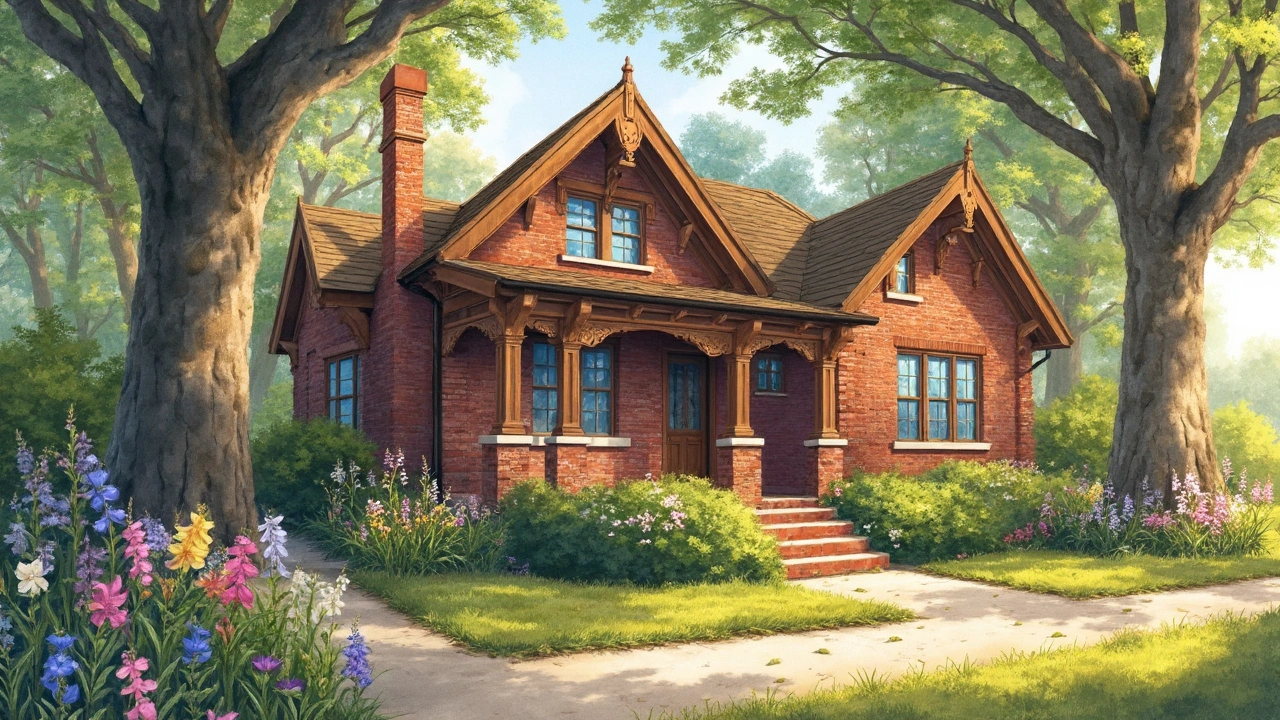Exploring the American Craftsman style is like stepping into a world where beauty and function dance in harmony. This treasured design approach emphasizes detailed craftsmanship, quality materials, and a love for handmade charm in everyday life. From architecture to furniture, it's all about creating spaces that feel both grounded and inviting. Dive into the heart of this timeless art form to discover its roots and how to easily incorporate it into your own life.
Craftsmanship in architecture tells stories in wood, stone, and metal.
It shows when a column meets a cornice the right way, when a door hinge fits like a handshake, or when a brick wall reads like a pattern, not a pile. You can learn to spot good craft quickly if you know what to look for.
First, check details. Look at joints, moldings, and window frames. Craftsmen hide fixings or make them look intentional. Tight joints, clean mortar lines, and smoothly fitted trim mean time and care were spent. Rough cuts, gaps, or sloppy caulk usually point to shortcuts.
Second, read materials. Old lime mortar, hand-cut stone, or quarter-sawn oak age differently than cheap modern substitutes. Natural patina, tool marks, and slight irregularities often signal real handwork. Machines leave repeating marks; hands leave variety.
Third, watch proportions and rhythm. Craftsmen balance spacing, window height, and ornament so your eye flows across a façade. Styles like Greek Revival and Beaux-Arts used strict rules of proportion. Craftsman and Colonial styles favor human scale and visible handwork. Even modern high-tech buildings show craftsmanship in precise connections and finished edges.
Fourth, value context. Craftsmanship ties to culture and function. Roman builders used concrete and arches for lasting public works. Renaissance designers blended math and art to lift spaces. When a building's details match its history and place, it's a sign of thoughtful craft.
Want practical tips for preservation? Keep repairs reversible and use matching materials. Replace rotten wood with the same grain and profile. Repoint brick with a compatible mortar mix. Too hard mortar damages old bricks. For metalwork, clean gently, prime, and repaint instead of replacing.
If you’re renovating, hire someone who knows old methods. Ask about past restorations and for photos of similar work. Small tests like removing a trim piece to see hidden condition can save surprises. Document work as you go; future caretakers will thank you.
On the flip side, celebrate new craftsmanship too. Mid-century joinery, Bauhaus metalwork, and neo-futurist panels all require skill. Good craft isn’t only traditional carving; it’s precise fabrication, clever connections, and materials used honestly.
Look for stories. A carved keystone, a hand-poured column base, or a well-crafted staircase tells who made it and why. Those human traces make design feel real.
If you want to read deeper, check articles on colonial, Beaux-Arts, Greek Revival, Roman techniques, and American Craftsman styles. Each piece shows different ways craft solves design problems and shapes our daily life.
How to spot craftsmanship
Check four things: joints, material, fit, and finish. Joints should be tight; mortar lines neat. Materials show tool marks or patina. Doors and windows should open smoothly. Edges and transitions are clean with no gaps.
Quick preservation checklist
Keep records, match materials, test small areas, use soft cleaning, avoid power washing on old masonry, use lime mortar for historic brick, consult a conservator for decorative elements.
Start with a building on your street and notice craft next time you walk by; it changes how you see cities.

